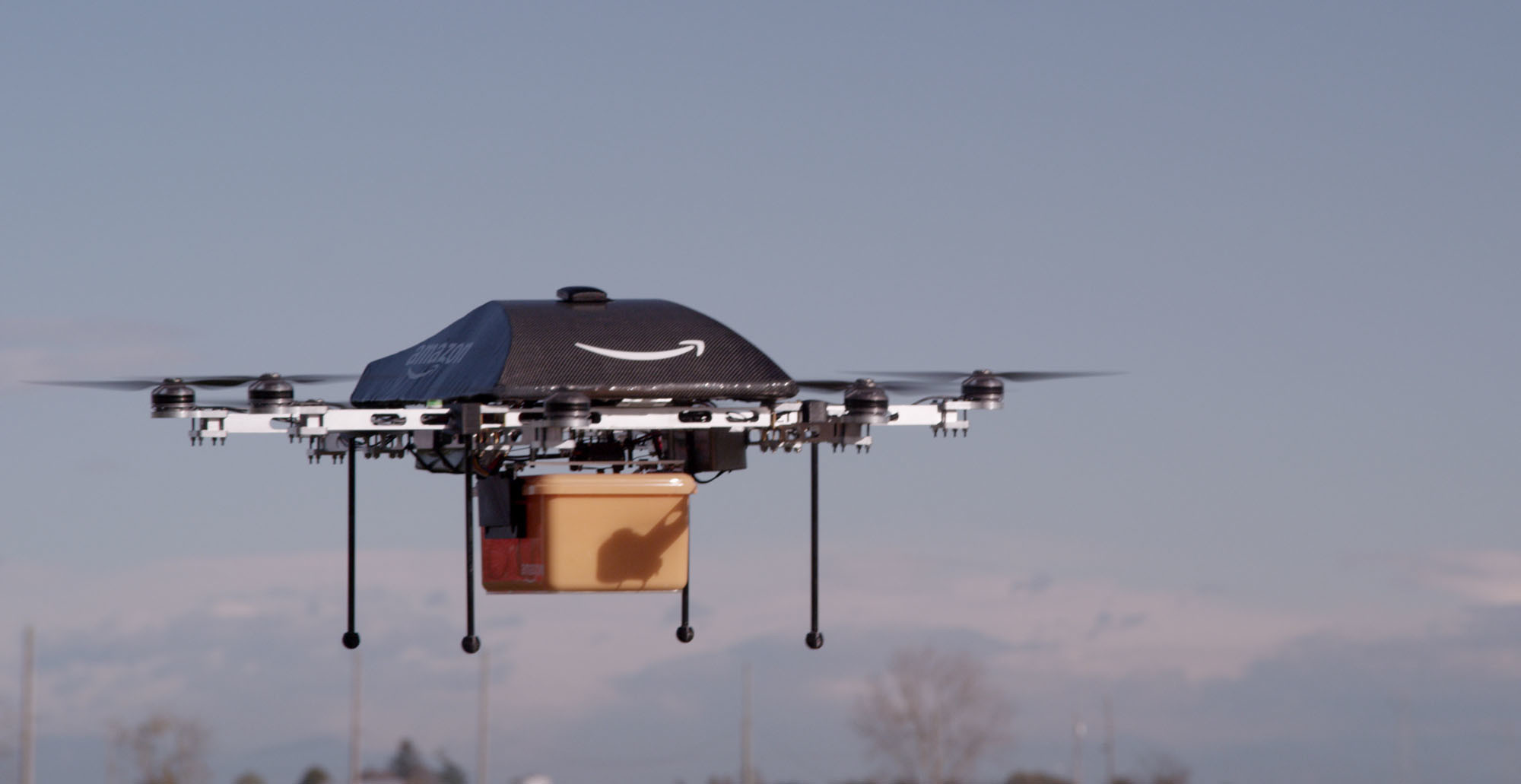So that online purchases actually arrive
Everyone knows it from experience: The suit or new dress you bought online definitely has to be delivered the next morning, otherwise you'll look old at the wedding. Or: The ingredients for the exquisite Italian dinner with friends have to finally arrive, otherwise there will be frozen pizza in the evening. Everyone has experienced this or something similar and, in frustration, crumpled up the notification about the unsuccessful delivery attempt that instead ended up in the otherwise empty mailbox. And these experiences are increasing, because we are buying more and more online and having the goods brought to our doorstep by the various CEP services - where, however, they often do not find a buyer. If there is no helpful neighbor or parcel shop nearby, the item is quickly returned and waits for another delivery attempt.
In order to make this procedure, which is inconvenient for the customer and expensive for the logistics service provider, better, courier services or young start-ups are constantly devising new ways to ensure that the buyer actually has the long-awaited package in his hands in the evening. We have summarized a number of current solutions.
Parcel box
The most well-known solution at the moment is probably parcel boxes that are set up in front of residential buildings and into which couriers place the shipments. Regardless of whether the buyer is at home, the online orders end up at the private packing station. The solution is not expensive because, according to DHL, the purchase costs are 99 euros or a monthly rent of 1.99 euros.
Another problem lies in the choice between two competing systems. DHL offers its parcel box exclusively, while competing service providers have joined forces to promote an open solution ParcelLock Started as a joint venture between the parcel services DPD , GLS and Hermes , the concept with its universally usable system for parcel boxes and parcel bags is also open to other logistics companies. The aim is to create a new standard in the German parcel market with ParcelLock. Certainly not a bad idea, because who wants to put several parcel boxes in the front garden?
In addition to the solution for private households, there are parcel boxes in front of office buildings or directly at the reception of large companies, where employees can easily pick up the ordered goods after work and take them home (see also Pakadoo below).
Parcel bag
This solution from a start-up from Munich is aimed primarily at tenants of an apartment who have difficulty setting up a parcel box in the hallway. Instead, they can attach a foldable parcel bag made of natural wool felt developed by the company to their own apartment door. If a package is delivered while you are away, the delivery person unfolds the bag and stows the delivery. The courier then secures the bag with a padlock to which only the recipient has a key. A disadvantage of the solution is that after the initial occupancy no further package can be placed in the already closed bag. In addition, the messenger who rings the doorbell downstairs in vain doesn't know that there is a parcel bag upstairs for the shipment.
Lockbox
A similar variant is the lockbox, in which the package is placed in a hard plastic box attached to the recipient's apartment door.
Due to its insulation, this system is also suitable for holding fresh or frozen food.
Trunk as a transshipment point
This solution turns your own car into a delivery address and therefore part of the logistics chain. The information and communication technology necessary for the system already exists in the form of GPS, smartphones and secure mobile identification methods. Several pilot projects are currently running, including from DHL , Amazon and Audi in the Munich area, Volvo in Sweden and VW and T-Systems in Austria . What the projects have in common is that the vehicles can be unlocked using a smartphone app so that the packages can be deposited there.
The courier uses a smartphone app to find out the exact location of the recipient's vehicle. He then gains access to the trunk of the car via the app. Once the package has been placed and the trunk is closed, the car is automatically locked. The customer will then be informed of the delivery via email, SMS or WhatsApp. However, the vehicle must be parked nearby (i.e. not at work, for example). There are a number of technical hurdles that have to be overcome before this solution is widely marketable - not to mention the trust that the customer has to place in the delivery person.
Amazon
Much has been written about the parcel delivery by drone that the California shipping multinational is allegedly planning. However, a concept of decentralized, small storage facilities where customers of the online department store pick up the goods they have ordered is much closer. These warehouses could, for example, be built on arterial roads that customers pass on the way home anyway. Similar to a quick trip to the supermarket, the goods would be picked up and stored in the trunk. According to rumors, the buyer would no longer have to leave the car at all, but would receive the packages at a central counter after identification: collection at the Amazon Drive-Inn.
Delivery to the office
The majority of buyers work in the office or in a company with a central reception during the day. So why not have the items delivered to where you already are? The company Pakadoo makes this possible by giving interested companies the opportunity to set up a central delivery (for the parcel service providers) and pickup location (for the employees who ordered the goods). An example of this would be the reception, which is usually staffed during office hours and which employees usually pass through several times a day. The time of unsuccessful delivery attempts at the front door is now a thing of the past. The advantage for companies? Motivated employees who are happy about the additional service from their employer.
Alternative to robot delivery
Starship Technologies, founded by former Skype founders Ahti Heinla and Janus Friis, aims to revolutionize last-mile parcel delivery. The basis is a fleet of autonomous robots that take over the delivery of shipments.
According to the company, the little helpers are characterized by their small size, high level of safety and hardly any emissions. With their speed of around 6.4 km/h, the robots should be able to easily fit into their environment.
They should be able to transport a weight of around two filled shopping bags in a lockable system. This makes the technology particularly attractive for local deliveries from nearby supermarkets or retailers, as, according to Starship Technologies, they only cost around a tenth of the costs of conventional solutions.
Customers can track their movements in real time via an app. Thanks to their integrated navigation system including various cameras and a central control station for emergencies, the robots can automatically avoid obstacles and move autonomously. Should a problem arise, an employee intervenes from the central control station.
Impact on distribution
The requirement for fast and timely delivery will require CEP services and large online retailers to decentralize their distribution warehouses. This is accompanied by the trend towards smaller distribution centers that are spread across the entire country and from which the goods can be transported quickly to the customer (keyword: same day delivery).
Since space for such warehouses is scarce and valuable, especially in cities, compact storage systems with their highly dense storage can demonstrate their advantages in these facilities compared to conventional rack storage solutions that require a comparatively large amount of space. Comprehensive automation of the devices (e.g. storage lifts or vertical buffer modules) also means that the goods can be picked and prepared for shipping even faster and with almost one hundred percent precision.


